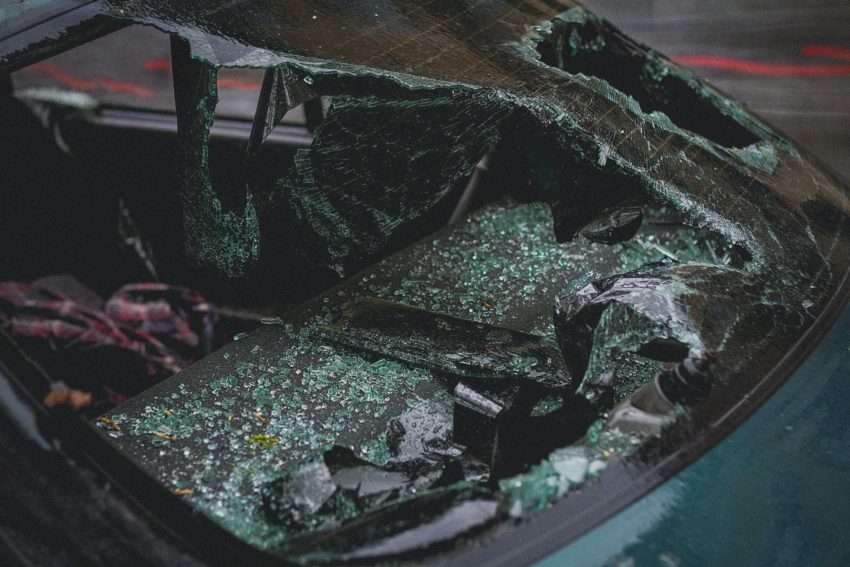
The medical bills are beginning to pile up after your recent rear-end collision. You had to reduce your shifts at work since you cannot stand as long as you need to. You have been using a loaner car to get back and forth to work, but your mechanic just informed you that the repairs to your vehicle are going to “break the bank.” What is your next step?
How do you prove that the other driver was in the wrong in your car accident and should pay for your injuries and losses? You need an experienced attorney to review your case and provide guidance on how to proceed. Contact the team at Malman Law today to schedule a confidential, no-obligation evaluation.
Classifying Fault
In the legal field, any person who has committed a civil wrong to another person has committed a tort. A tort does not involve breaking a written contract, but is rather imposed by societal norms. The person who has committed a tort is known as the tortfeasor.
In most car accident claims, such as rear-end collisions or fender benders, the law generally finds the tortfeasor liable for negligence. Negligence is defined as failing to exercise reasonable care, resulting in harm to another person. For instance, a tortfeasor fails to exercise reasonable care if they disobey traffic laws, such as failing to yield at a traffic signal or committing other minor traffic offenses.
However, in more extreme circumstances, a tortfeasor may be found responsible for recklessness or intentional misconduct. This would apply to drunk driving, since the driver is disregarding the safety of others when they get behind the wheel.
Depending on the circumstances of the accident, more than one party may be found at fault for the accident. In Illinois, if you can prove that you were not more than 50% accountable for your accident, then you are eligible to receive compensation for your losses.
Steps to Prove Liability
In personal injury suits, the plaintiff (person who was injured) is responsible for demonstrating that the defendant (person being sued) caused the accident.
The plaintiff must prove that it is “more likely than not,” or that there is a greater than 50% chance, that the defendant caused the collision. This standard of proof is known as a preponderance of the evidence.
Gathering evidence is key to demonstrating liability in a car accident case. The most common types of evidence are:
- Eyewitnesses: by interviewing witnesses you can validate your version of the events. Witnesses may also have seen things that you as the victim may have missed.
- Police Report: always contact the police after an accident; they can issue a police report which will provide details regarding the accident and which traffic laws were violated
- Traffic Camera: the footage from a surveillance camera will show precisely how the collision occurred and is more reliable than witness testimony
- Photographs: by taking pictures of the scene after the accident, you can show automobile damage and document the vehicles involved
Many times, there may only be a limited amount of evidence available to support your claim. Keep in mind that not all evidence has the same level of credibility.
The Legal Diligence You Deserve from Chicago Car Accident Attorneys
A dedicated attorney can help you collect the pertinent evidence in order to build the strongest case for you. Malman Law is ready to fight for you. Our firm will work tirelessly to guarantee that you receive every penny you are entitled to. Contact us today to schedule your no-obligation case review.